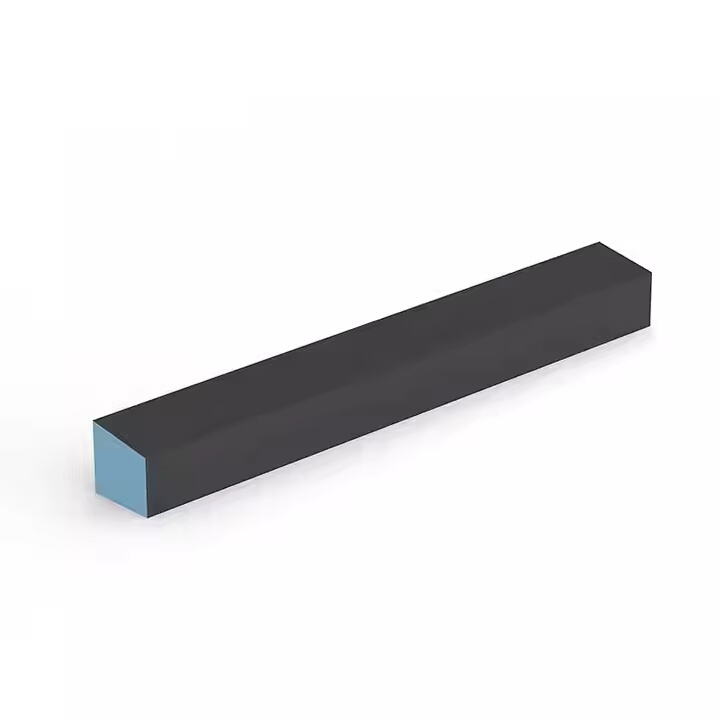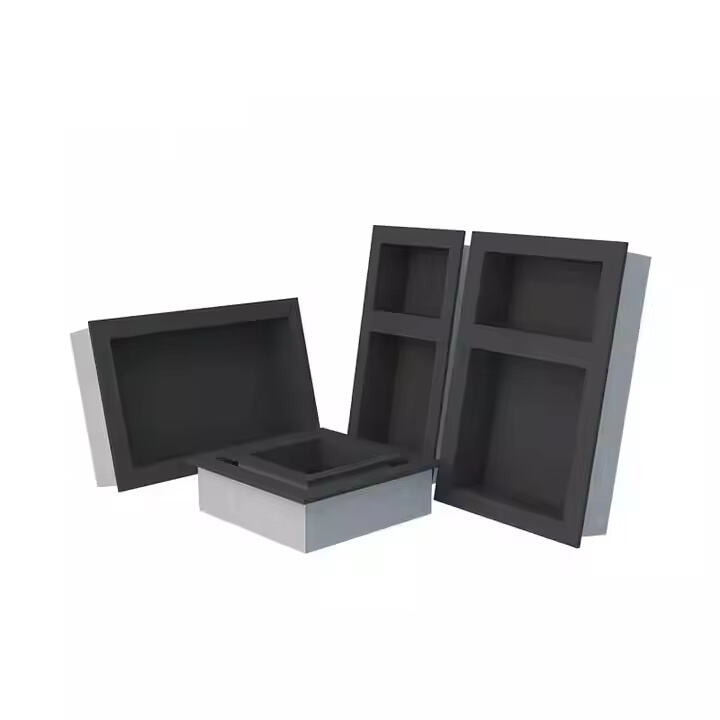シャワーの 常規 的 な ケア を 優先 する
ほら シャワーシステム 日常的なケアでシャワーの寿命を長持ちさせる シャワーシステム シャワーヘッドは家庭や商業用バスルームで最も頻繁に使用される部品の一つです。時間の経過とともに、水や石けん、湿度への継続的な曝露により、摩耗や汚れ、腐食、さらにはシステムの効率低下が生じる可能性があります。適切にメンテナンスされたシャワーヘッドは、日々の快適さを高めるだけでなく、システムの寿命を延ばし、水の効率を向上させ、高額な修理の必要性を最小限に抑えることができます。定期的なメンテナンスを生活習慣に取り入れることで、見た目と性能の両方を最高の状態に保つことができます。
フィルター を 清掃 し,塞栓 を 防ぐ こと から 密封 器 を チェック し,バルブ を 検査 する まで,メンテナンス 戦略 は 実践 的 で,一貫 し,特定 の モデル と 使用 レベル に 適し なけれ ば なり ませ ん. シャワーシステムに 年中最高の性能を保つ方法について調べましょう
シャワー システム の 基本 構成 部分 を 理解 する
バルブとカートリッジの保守
バルブは水の温度と流れを制御します. シャワーシステムで温度制御または圧量バランスバルブを使用している場合は,カートリッジを清潔にし,鉱物蓄積から守ることが重要です. 時間の経過とともに カルシウム堆積は 水流を減らし 温度調節を妨げる可能性があります 弾丸を6ヶ月ごとに取り出して,または脱垢溶液に浸す. 漏れを防ぐために,磨かれた密封物や密封板を入れ替える.
手入れが行き届かないバルブは、水温の不均一や急激な圧力変化を引き起こす可能性があり、これは不快感をもたらすだけでなく、危険な場合もあります。定期的にバルブを点検することで、安全で安定した使用環境を確保できます。
シャワーヘッドとスプレーノズルの掃除
シャワーヘッドは、特に硬水地域ではミネラル分の堆積物により目詰まりしやすいです。シャワーシステムのヘッドを掃除するには、まずヘッドを取り外して白酢に数時間浸します。頑固な汚れが残っている場合は、柔らかいブラシやピンを使ってノズルから取り除きます。これにより、最適なスプレー性能と均一な水の分布が復元されます。
マルチジェットタイプやレインフォールタイプのモデルについては、ノズル面積が広くスプレー機能が複雑なため、より頻繁な掃除が推奨されます。ご家庭で水の使用量が多い場合は、これらの部品を毎月掃除してください。
日々および週単位でのメンテナンスのベストプラクティス
カビや黒カビを防ぐための表面拭き取り
浴室の湿度は、特にシリコンシールやタイル目地にカビや黒カビを発生させやすくなります。お風呂上がりには、必ずシャワーシステムのガラスパネル、ハンドル、蛇口などをスクイージーやマイクロファイバークロスで拭き取ってください。これにより、石けんカスや水垢の付着を防ぎます。
追加の保護として、カビが発生しやすいジョイントや縁部分に週に1回、防カビクリーナーをスプレーしてください。定期的な乾燥作業は手間がかかりませんが、長期的なメンテナンスにおいて大きな違いをもたらします。
換気と湿度管理
換気が不十分な場合、シャワーシステム内で結露が発生し、損傷につながることがよくあります。必ずシャワー中およびシャワー後には浴室の排気ファンを稼働させてください。排気ファンがない場合は、ドアを少し開けて空気の循環を確保しましょう。
人通りの多いバスルームに除湿器を設置すると、湿気を減らし、塗装のはがれや金属部品の錆、カビなどの問題を防ぐことができます。
定期的な徹底メンテナンス作業
給水管とフィルターのスケール除去
硬水はシャワーヘッドだけでなく、シャワーシステムの内部配管にも詰まりを引き起こすことがあります。水圧が低下していることに気づいた場合は、給水管のスケールを取り除く時期かもしれません。インライン式のスケール除去剤を使用するか、プロの配管工に依頼して、6~12か月ごとにシステムを洗浄してください。
フィルターが一体型のシステムの場合、メーカーの推奨に従って清掃または交換してください。目詰まりしたフィルターは流量を低下させ、効率的な性能を損なう原因となります。
漏水およびシールの損傷の点検
漏水、亀裂、腐食の初期兆候を特定するには、目視による点検が不可欠です。シャワーパネルの裏側、配管接合部周辺、床下(アクセス可能な場合)を確認してください。また、縁回りのシリコンコーキングを点検し、カビが生えたり剥がれたりしているシール材は取り替えましょう。
放置すると小さな漏水が壁内部を損傷したり、害虫を引き寄せたり、黒カビの発生を促進したりします。積極的な点検により費用を節約し、財産を守ることができます。
季節ごとのメンテナンスと水の効率チェック
寒さへの準備
凍結温度のある地域では、シャワー設備が外壁近くや断熱性の低い場所にある場合、凍結や破裂のリスクがあります。すべての配管が断熱されていることを確認し、冬が来る前に屋外シャワーの配管を閉めて排水してください。
また、内部の凍結や配管の詰まりを示す水圧の変化にも注意してください。早期に発見することでシステムの故障を防ぐことができます。
水消費量の評価
現代のシャワーシステムには節水機能が備わっている場合がありますが、これらの機能も時間とともに劣化することがあります。エアレーター、流量制限器、低流量ノズルなどを点検し、摩耗や故障がないか確認してください。圧力を損なうことなく水効率を向上させる最新の部品を取り付けることも検討してください。
また、水道料金明細を追跡することで、シャワー・システムが最適に機能しているかどうかを把握することもできます。突然の料金の急増は、漏水や過剰使用を示している可能性があります。
シャワー・システムの美観と衛生性を向上させる方法
金属製設備の磨きと修復
クロムやステンレススチール製の部品はシャワーシステムを美しくしますが、定期的なお手入れが必要です。指紋、水垢、石けんの残留物を取り除くには、研磨剤の入っていないポリッシュを使用してください。表面を腐食させる可能性がある塩素系クリーナーは避けてください。
週に一度、乾いた布で磨くことで、新品のような光沢のある見た目を保つことができます。このわずかな努力が、浴室全体の印象を大きく向上させます。
消耗品や古くなったアクセサリーの交換
シャワーカーテン、石けんディスペンサー、バスケットなどが古びていると、清潔なシャワーシステムでも手入れが行き届いていないように見えてしまいます。これらは毎年または必要に応じて、新しい耐湿性の製品に交換しましょう。シャワーフィットイングとデザインが調和するアクセサリーを選ぶことで、統一感のある外観を維持できます。
アクセサリーには耐久性があり腐食しにくい素材を選ぶことで、長期的に美しく清潔な状態を保つことができます。

プロによるサポートが必要な場合とその方法
複雑な修理を見分ける
すべての問題がDIYで解決できるわけではありません。シャワーシステムが定期的なメンテナンスを行っても、漏水が絶えず起こったり、排水不良が見られたり、温度が不安定になったりする場合は、専門家による診断が必要かもしれません。これらの症状は、壁内や配管システムに隠れた問題があることを示していることがよくあります。
早期の対処により、さらなる損傷を防ぎ、シャワーシステムがスムーズに稼働し続けます。
経年劣化したシャワーシステムのアップグレード
現在の設備が10年以上経過している場合は、より効率的で現代的なシャワーシステムへのアップグレードが役立つ場合があります。新しいモデルにはスマート技術ややけどの防止機能、優れた節水性能が備わっていることがよくあります。
適合性、設置期間、費用対効果の高い選択肢について、認可を受けた配管工または設置業者と相談してください。アップグレードは多くの場合、効率性と利便性によって元が取れます。
よく 聞かれる 質問
シャワーヘッドの目詰まりを防ぐために、どれくらいの頻度で掃除すればよいですか?
特に硬水地域では、シャワーヘッドを1~2か月に1回は清掃することをお勧めします。これにより、最適な噴射性能が保たれ、ミネラル分の蓄積を防ぐことができます。
シャワーシステムを傷つけずに掃除するには、何を使用すればよいですか?
研磨剤を含まず、pH中性の洗浄剤と柔らかい布またはスポンジを使用してください。金属を腐食させたりシールを損傷させる可能性がある漂白剤や強力な化学薬品は避けてください。
シャワーシステムに漏水が発生した場合、必ずシステム全体を交換する必要がありますか?
必ずしもそうではありません。漏水は多くの場合、カートリッジやシール、パイプの継ぎ目が摩耗していることが原因です。内部に深刻な損傷がない限り、個々の部品を交換するだけで十分です。
シャワーシステムの水質を改善するためにフィルターを取り付けることはできますか?
はい、塩素や沈殿物、重金属を減らすことができるフィルターが多数販売されています。フィルターを取り付けることで、肌の健康状態を向上させるとともに、シャワーシステムの各部品の耐用年数を延ばすことができます。


